Table of Contents
- Significance of the Redevelopment of the Declining Area of Banyeo 2-dong Adjacent to Centum 2 District
- 8,500 Landowners, the Largest Scale in the Country... Meeting the Conditions for Preliminary Feasibility Application
- Banyeo 2 and 3-dong, Areas Urgently Needing Residential Environment Improvement
- Advantages of Being Adjacent to Centum 2 District... However, Location Constraints are a Challenge to Overcome
- Future Schedule and Expected Effects
- Conclusion: Essential Redevelopment for Residential Environment Improvement, with the Challenge of Securing 'Balanced Feasibility'
- Frequently Asked Questions (FAQ)
Significance of the Redevelopment of the Declining Area of Banyeo 2-dong Adjacent to Centum 2 District
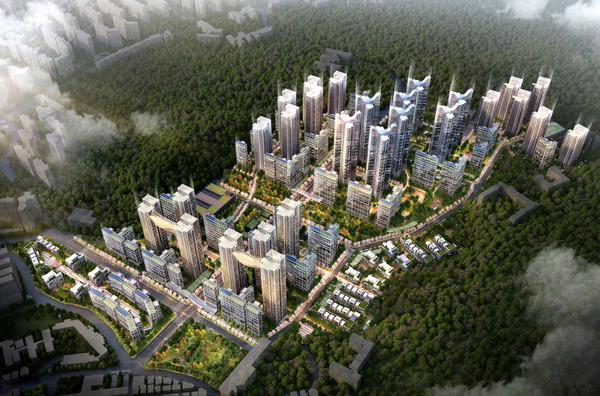
The Banyeo 2-dong and Banyeo 3-dong in Haeundae, Busan have begun an important first step for private housing redevelopment. The Banyeo 2 District Promotion Committee submitted an application for 'preliminary feasibility review for the designation of maintenance area' to the Haeundae District Office on July 18, marking the official start of the redevelopment process.
This project is garnering attention due to its proximity to the Centum 2 district urban high-tech industrial complex, which is evaluated to have a high potential for regional development. Future developments are keenly anticipated.
8,500 Landowners, the Largest Scale in the Country… Meeting the Conditions for Preliminary Feasibility Application
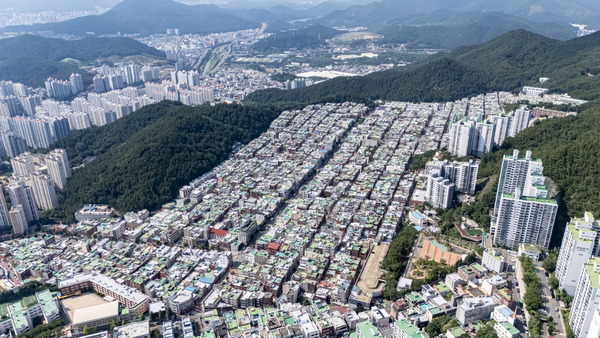
The 'Banyeo 2 District' is a large-scale aging residential area covering approximately 450,000 square meters, or about 130,000 pyeong. This area is 50,000 square meters larger than the previous 369,086 square meters designated for improving residential environments in Banyeo-dong, Haeundae. The number of landowners in this area reaches about 8,500, making it known as the largest redevelopment area in the country.
The promotion committee has garnered the consent of more than 70% of the total landowners to meet the criteria for the preliminary feasibility application. This application serves as a preparatory step in the redevelopment process, leading to the formal formation of a promotion committee, the announcement of the maintenance area designation, and the establishment of a cooperative in due course. The changes in this area are much anticipated.
Banyeo 2 and 3-dong, Areas Urgently Needing Residential Environment Improvement

This area began in the early 1970s when flood victims and demolition residents moved in. However, over time, aging and urban slum conditions have severely deteriorated the residential environment. In particular, buildings with a floor area ratio reaching 380% are densely packed, and often the distance between buildings is less than 1 meter.
Currently, around 30-40%, corresponding to over 4,000 households, are abandoned or left vacant. For instance, there are instances where only one household remains in a villa that can accommodate ten households, leading to issues of hollowing and safety.
Aside from that, parking problems, mold, leaks, and condensation issues indicate that even basic living infrastructure is not properly established, significantly affecting the quality of life for residents. These problems have caused great distress to the local community.
Advantages of Being Adjacent to Centum 2 District... However, Location Constraints are a Challenge to Overcome
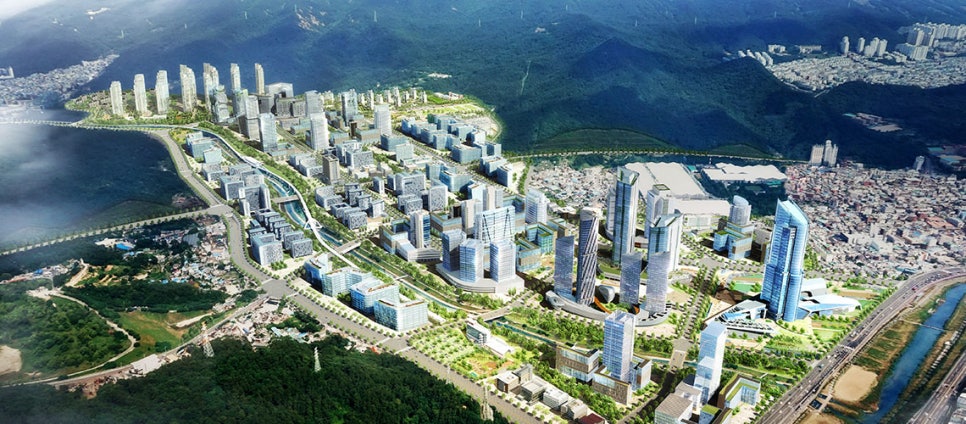
The main advantage of Banyeo 2 District is its proximity to the Centum 2 District. This area is expected to increase in future value due to the establishment of a high-tech industrial complex, raising expectations for the redevelopment project. However, there are geographical characteristics such as high altitude and being out of reach of the subway, alongside locational constraints in a corner of the area. These factors imply that careful consideration is needed regarding sales potential and future project viability.
Furthermore, to compete with nearby residential areas, a sophisticated approach with well-established living infrastructure, transportation, and brand strategy is required.
If Banyeo 2 District is redeveloped with a floor area ratio of 300%, the estimated number of households could range from approximately 10,000 to 11,000, leading to the potential formation of a substantial apartment complex. However, with 8,500 landowners, while the feasibility is not bad, there are opinions that the competitiveness as a redevelopment project may be somewhat lacking. Additionally, it should not be overlooked that various interest groups need to coordinate their opinions throughout the process.
Future Schedule and Expected Effects
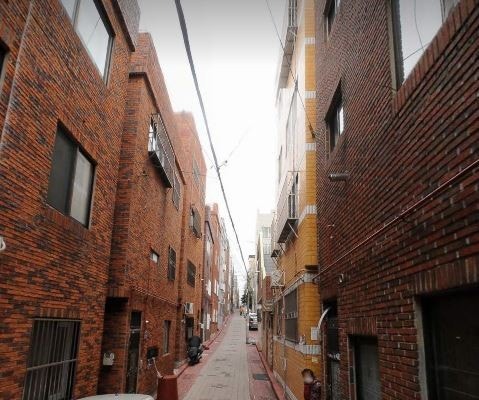
The Promotion Committee has established a concrete schedule for the smooth progress of the redevelopment project.
By June 2026, the preliminary feasibility review is expected to be completed, and in September, a formal promotion committee will be formed. Subsequently, in December, the maintenance area will be designated, and by March 2027, a formal cooperative is expected to be established. Through this schedule, the groundwork for the project will be laid.
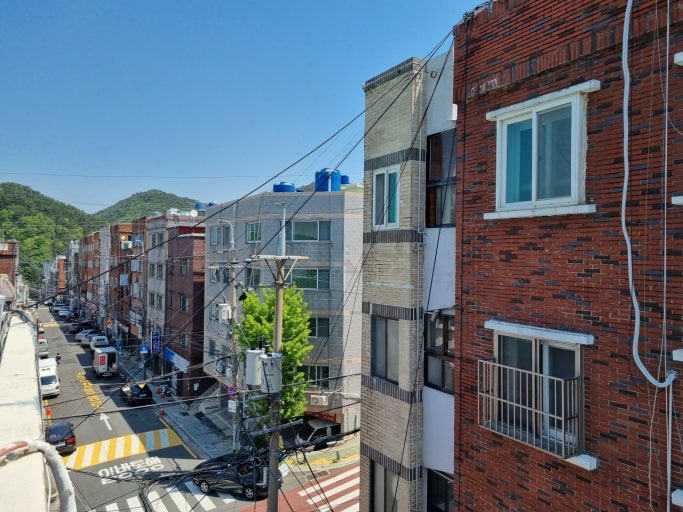
Residents hope that this redevelopment will improve the poor living environment and expect an enhancement of regional image and asset value. Particularly, there are positive evaluations that it is likely to develop into a self-sufficient city as it progresses alongside the Centum 2 district development.
Conclusion: Essential Redevelopment for Residential Environment Improvement, with the Challenge of Securing 'Balanced Feasibility'

Banyeo 2 District is positioning itself as an important urban regeneration project aimed at enhancing the quality of life of residents and preventing local stagnation, beyond mere maintenance. While there remain complex issues such as locational constraints and reconciling the interests of 8,500 owners, if the designation of the maintenance area and cooperative establishment are carried out sequentially based on preliminary feasibility reviews, satisfactory results can be expected.
The most important aspect now is the transparent process centered around local residents and practical judgments in future sales and feasibility plans. The future of Banyeo 2 and 3-dong lies in the collaboration and efforts of local residents, urban planning experts, and administrative agencies. Through this collaboration, the direction for regional development can be established, leading to outcomes satisfactory to all.
#Banyeo2DistrictRedevelopment, #BanyeoDongRedevelopment, #Banyeo2Dong, #Banyeo3Dong, #HaeundaeRedevelopment, #Centum2District, #DesignationOfMaintenanceArea, #PreliminaryFeasibilityReview, #BanyeoResidentialEnvironment, #RedevelopmentPromotionCommittee, #8500Landowners, #BanyeoMaintenanceProject, #BusanRedevelopment, #BusanUrbanRegeneration, #RedevelopmentProcess, #MaintenanceAreaChange, #300FloorAreaRatio, #Centum2Impact, #BusanAgingResidentialArea, #UrbanMaintenanceProject, #BanyeoReconstruction, #BanyeoUrbanPlanning, #BusanRedevelopmentProject, #MaintenanceAreaAnnouncement, #CooperativeEstablishmentPlanned, #ReleaseOfResidentialEnvironmentImprovementArea, #PrivateRedevelopment, #OutOfReachRedevelopment, #VacantBuildingLeft, #BusanMaintenanceProject, #RedevelopmentInformation
Frequently Asked Questions (FAQ)
Q. What is the significance of the Banyeo 2 District Redevelopment Promotion Committee submitting a preliminary feasibility review application?
The preliminary feasibility review application is the beginning of the redevelopment process, securing resident consent and preparing for the designation of the maintenance area.
The submission of the preliminary feasibility review application by the Banyeo 2 District Promotion Committee to the Haeundae District Office marks the starting point of the formal redevelopment process. This is carried out with the consent of more than 70% of the total landowners, which is an important step in reviewing the legality and feasibility of the redevelopment project. Subsequent steps include the formation of a formal promotion committee, the announcement of the maintenance area designation, and the establishment of a cooperative. This application signifies that both residents and administrative agencies are going through careful preparations and consultations regarding the project.
Q. What changes will the Banyeo 2 district redevelopment bring to the residential environment?
A transformation into a safe and pleasant residential environment is expected as old houses and poor infrastructure are improved.
Banyeo 2 District is severely aged as it was developed in the 1970s, with narrow spacing between buildings, a high number of vacant houses, and insufficient living infrastructure such as parking, mold, and leaks. If redeveloped into an apartment complex with a floor area ratio of 300%, approximately 10,000 to 11,000 households will have new residential spaces provided. This is expected to significantly improve the residents' living environment, enhance the local image, and increase life safety and quality.
Q. What are the main advantages and constraints of the Banyeo 2 district redevelopment in terms of location?
Proximity to Centum 2 district offers great development potential, but there are also constraints such as high altitude and being out of reach of subway services.
Banyeo 2 District is close to the Centum 2 district, a high-tech industrial complex, which positively influences the redevelopment due to its future development value. However, there are geographical limitations due to its high elevation and the absence of subway accessibility, coupled with the constraints of being located in a corner, necessitating careful planning for sales potential and business competitiveness. Therefore, a multi-faceted approach focusing on residential infrastructure, transportation, and brand strategy is essential, along with coordination of opinions among stakeholders and residents.
Q. What is the future schedule for the Banyeo 2 district redevelopment?
Preliminary feasibility review completion in 2026, formal promotion committee formation and maintenance area designation in the second half of 2026, and cooperative establishment planned for 2027.
The Banyeo 2 District Redevelopment Promotion Committee plans to complete the preliminary feasibility review by June 2026, and form a formal promotion committee in September of the same year. The maintenance area designation is scheduled for December, and cooperative establishment is intended for March 2027. This timeline is aimed at ensuring smooth progress in the redevelopment project and a systematic plan for the phases, expecting collaboration between residents and administrative agencies to follow processes without disruption.
Q. What are the anticipated key challenges during the redevelopment process?
Overcoming location constraints and reconciling the interests of 8,500 landowners are core challenges.
The redevelopment of Banyeo 2 District involves 8,500 landowners, the largest scale in the country, leading to various conflicting interests. Coordinating opinions and reaching agreements are essential. Despite the advantages of being adjacent to the Centum 2 district, the challenges posed by its high elevation and lack of subway access present difficulties for project viability. Thus, it is crucial for residents, experts, and administrative agencies to create transparent and balanced project plans and reinforce cooperation for successful redevelopment.
